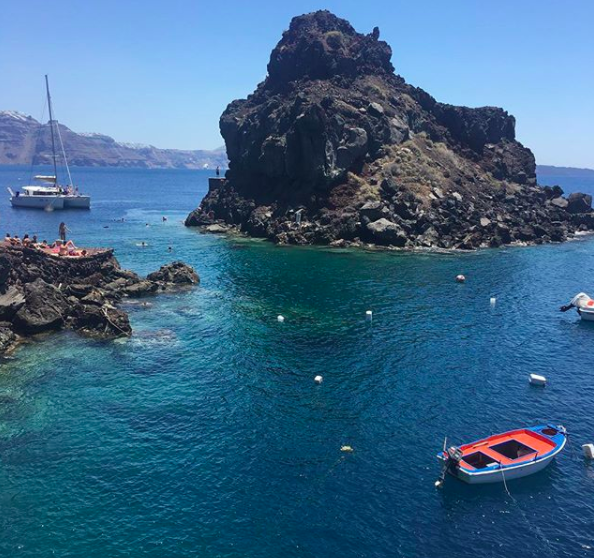Innovative Water Technology
The data on water scarcity is sobering and shortages are increasingly linked to natural and human-made causes. Water-saving innovations are coming out in an attempt to conserve the earth’s most natural resource. Technologies range from household items, to landscaping, to state wide conservational methods. The U.S. Drought Monitor started in 2000. Since then, California has experienced the longest duration of draught, lasting 371 weeks beginning on December 27, 2011. The most intense period of drought occurred the week of October 28, 2014, where 58.41% of California land was affected. Droughts have pushed innovators to create water saving technology to bring relief to these especially dry parts of the country.
One of the first things that comes to mind in California’s attempt to conserve water is the creation of the Claude “Bud” Lewis Carlsbad Desalination Plant. It is the largest and most technologically advanced seawater desalination plant in the nation. The plant takes 50 million gallons of seawater a year and filters it to create safe drinking water that serves approximately 400,000 people. The plant removes not only salt, but also any mineral and chemical compounds present to produce water suitable for drinking and cooking. This plant not only conserves water but creates hundreds of jobs for people in the San Diego County.
The evolution of landscape is constantly changing as customers are becoming more interested in water saving technologies. In California, many families have replaced their gardens with drought tolerant shrubbery to reduce the amount of used water. “Many large commercial and residential customers are thinking to divert their standard landscape into another direction: low maintenance landscapes with drought-tolerant and native plants, which require less maintenance and less water in the long term,” says William Cruz, senior branch manager for Gachina Landscape Management, based in Menlo Park, California. Water conservation in gardens is an easy way for families to do their part in saving water.
Companies such as Coca-Cola is doing its part in limiting water usage. The company has spent over $2 billion on conservation since 2003. They have partnered with WWF, World Wild Life, since 2007 to help conserve the world’s freshwater resources. The partnership works to create health freshwater basins in Mexico, Belize, Guatemala and the Yangtze River in China. Corporate partners have the potential to make a huge impact and their work has only started. The contract lasts until 2020 with plans for renewable packaging and sustainable sourcing. Coco-Cola will improve its water use efficiency per liter of product through advancements throughout the Coca-Cola System.
Water technologies will only continue to grow in 2019. The 12th annual WaterSmart Innovations Conference with take place on Oct 2-3, 2019 in Las Vegas. It is an impactful convention that showcases new water technologies and builds to strengthen and establish new technologies and services in the water industry.


